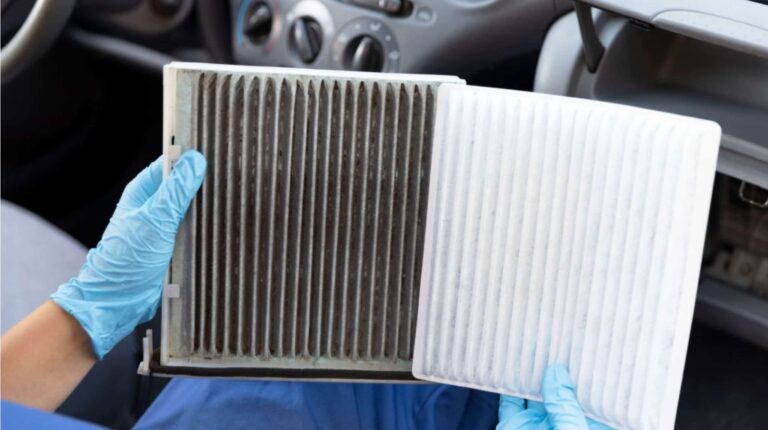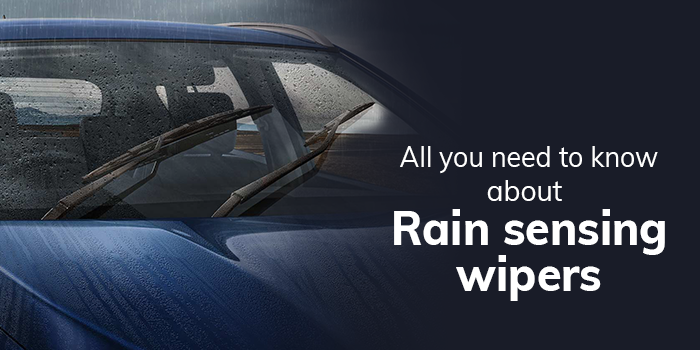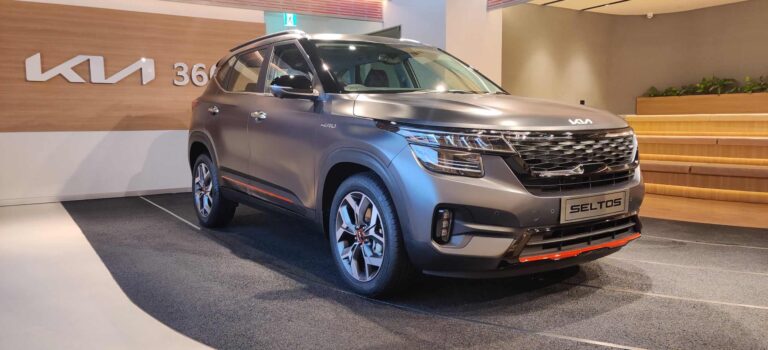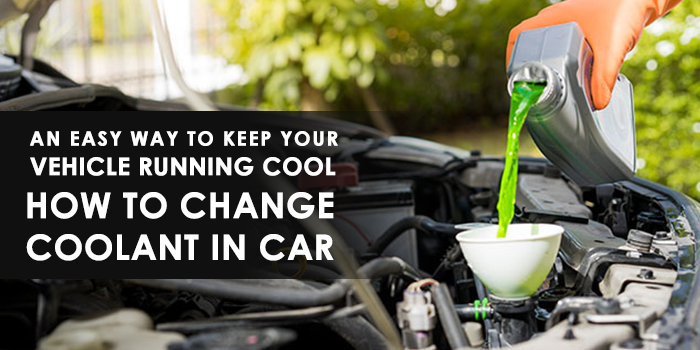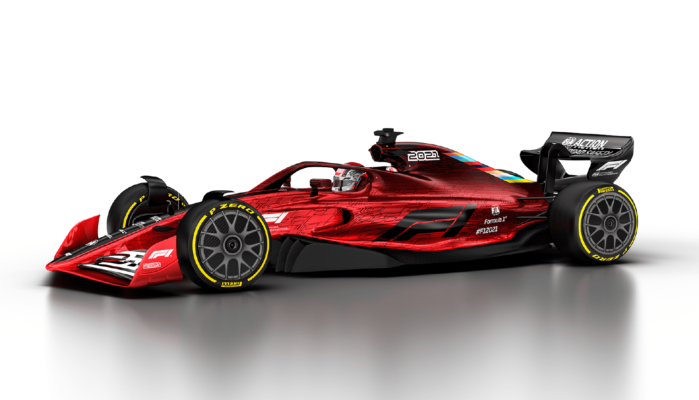
The tire tread is the part that makes contact with the road surface. In the tire market, you can find tires with a lot of variety in their tread patterns. Each tread pattern is used to provide specific grip in certain conditions and enhances handling while driving.
Every tire has four parts:
- Ribs – this is the raised part of the tread and is made out of tread blocks
- Grooves – these are the deep channels that run around the circumference of the tire
- Tread blocks – the raised rubber section that makes contact with the road surface
- Sipes – thin slots that are moulded into tread blocks
Directional or unidirectional tyres
These are tyres that can be rotated in one direction only. The tread pattern resembles an arrow head. These tyres work well on wet surfaces and provide a fair amount of resistance to aquaplaning.
Directional tyres also provide excellent grip in mud and snow. Generally, an all-season tyre is usually a directional type of tread pattern. Extra traction they provide also suits well for high performance vehicles.
Some of the advantages of directional or unidirectional tyres
- Provide great resistance to hydroplaning or aquaplaning
- Perfect handling in snow or mud
- High speed grip and road handling
Tyre rotation with directional types becomes complicated. They can be rotated only vertically, which is front to back along the same side of the vehicle. If they are placed on opposite sides, the pattern orientation changes. This negates the benefits of the tyre.
Asymmetric tyres
Tyres that have an asymmetric tyre design have a different design for the inner half of the tyre and for the outer half of the tyre. Both tread patterns serve a unique purpose.
The inner half of the tyres are used for channelling through wet surfaces, for aquaplaning resistance and for water displacement. The outer half of the tread pattern is used for providing grip when cornering, when driving on a dry road surface and for reducing the amount of tyre noise produced.
Asymmetric tyres are generally found on ultra-high-performance cars that require that extra traction to handle their power round corners and on high-speed straights.
Some of the advantages for asymmetric tyres
- Superior handling for high performance cars
- High cornering stability and grip
- Very good for wet surfaces and rain conditions
Just like directional tyres, the rotation for an asymmetrical tyre has to be done vertically, that is, from front to back. There are indicators on the sidewall of the tyre to tell you how the tyre should be rotating.
Symmetric tyre pattern
This is the most common type of tread pattern found on tyres and is used for passenger cars, not on high-performance vehicles.
Both halves of the tyre feature the same pattern, with the tyres featuring continuous ribs and independent tread patterns across the tyre.
Tyres with symmetric tread patterns can be rotated easily, don’t make much tyre noise, provide good fuel economy and last a long time.
However, they do not provide the same amount of grip on changing road surfaces, for example they may be good for dry conditions, but will not provide the same amount of grip for wet roads.
Some of the advantages of symmetric tyre pattern
- Smooth and soft driving
- Directional stability is excellent
- Resistance to rolling is very low
Conclusion
When installing tyres on your vehicle, try not to mix types, sizes or even brands. Optimal performance and usability are provided by the make and model of the tyres the car came with from the manufacturer.
When replacing a tyre, make sure to replace the pair on the same axle, so as to provide stability when driving.
The tyres on the same axle will have to have the same tread pattern for the car to run smoothly without any steering vibration.
Mixing different tread types will cause a change in handling characteristics and can even be unsafe.
Frequently Asked Questions:
Q1. What are unidirectional tyres?
Ans. A directional tyre or unidirectional tyre can be rotated in only one direction when fixed on the wheels of the vehicle. The tread design of unidirectional tyres points in one direction, converging at the centre line forming a V-shaped pattern on the tyre.
There will be indicators stamped on the tyre to tell you that they are unidirectional. Either there will be an arrow pointing to the direction of forward motion on the tyre sidewall, (the arrow will point to the front of the vehicle, and all four tyres should have this arrow). There could also be printed words saying “this side out”.
Q2. How do I know if my tires are unidirectional?
Ans. Unidirectional tires have a marking on the sidewall, where you will see the words, direction or rotation written here.
Next to that, you will find an arrow that points in the direction of rotation, the tire’s forward rolling direction. When correctly installed on your vehicle, the arrow will point towards the front of the vehicle.
If you happen to install the tire backwards, you won’t get any of the performance benefits like hydroplaning resistance that the tire tread is designed for.
Unidirectional tyres are designed to rotate in only one direction and they perform well in wet or snowy conditions. They are the tyre of choice for dedicated winter tyres.
Q3. Are directional tyres better?
Ans. Directional tyres, also known as unidirectional tyres, are well suited for use on performance cars travelling at higher speeds than tyres with an asymmetrical or symmetrical tyre tread pattern.
Unidirectional tyres are well suited for wet surfaces because of their ability to channel away water and for excellent hydroplaning resistance. They also deliver high performance on dry surfaces.
These kinds of tires have a solid central rib, which aids in high-speed rigidity and stability. The lateral tread patterns all point downwards in a V shape.
Q4. Are car tyres unidirectional?
Ans. Car tyres can be described as asymmetrical, symmetrical and unidirectional or directional. All these terms are used to describe the tread pattern of tires and each design is used for a different season, on dry surfaces, in the wet or for snow and ice.
Tread patterns go a long way in how the tyre performs on a particular surface, and there is a lot of testing to ensure that the tyres perform at their optimum level.
Q5. What happens if you put directional tires on wrong?
Ans. If directional tyres are mounted incorrectly (the arrows on the sidewall of the tyre point to the rear of the car), they cannot be expected to work properly in wet or winter conditions.
Wear and tear on the tyre can also be irregular and they may get worn out prematurely. Also, when run, they may produce excessive tyre noise especially at high speeds.
Hydroplaning resistance (the resistance to sliding on the surface of water on the road) is severely compromised, and you won’t be able to get the required performance on dry surfaces. You won’t get the performance driving benefits that the unidirectional tread was designed for.
Q6. Can you mix directional and asymmetric tyres?
Ans. It is not recommended to mix tread pattern types on the same axle of a vehicle. For example, an asymmetric tread pattern on a tyre will not produce the same wet and dry handling characteristics as a tyre with a directional (unidirectional) tread pattern. This may cause handling problems and could even be dangerous at high speeds if the vehicle loses traction around a curve.
Drivers should avoid installing tyres with different tread patterns, sizes and internal constructions. They should use identical tyres on all four corners of the vehicle to maintain stability and the best control at all speeds and on all surfaces.
Q7. Can you put a tire on the wrong way round?
Ans. The special tread on tyres is meant to provide performance and grip when mounted the correct way. If the tyres are installed the wrong way round, they will not be able to provide the same levels of grip and performance and may cause instability while driving.
The tyres will not hold the road properly and the risk of aquaplaning or hydroplaning is very high, which can be a safety risk on wet or snowy surfaces.
If the tyres are installed incorrectly, they will also wear down much faster and produce a lot of noise when driven at high speeds, for example on a highway.
Q8. Are directional tyres noisy?
Ans. As directional tyres get worn out, they tend to produce more noise and get louder as they wear out. The noise produced by wearing out directional tyres is much louder than non-directional tread designs.
Tires that wear out unevenly and are driven at high speeds not only produce more noise, they may also cause steering vibrations which is a safety risk.
When using directional tires, always maintain proper tire rotation at timely intervals and ensure that the wheels are aligned to avoid excessive noise, uneven wear and steering vibrations.
Q9. Can asymmetrical tyres be rotated?
Ans. Asymmetrical tyres can be rotated from the front to the back of the vehicle only on the same side. They cannot be rotated from one side of the other.
It is advised never to mount both symmetrical and asymmetrical tyres on your car. The results could cause instability, abnormal handling and prove to be a safety risk while driving on wet surfaces as well at high speeds.
Q10. How do I know if my tires have an asymmetrical tread pattern?
Ans. A symmetric tread pattern has the inner and outer halves of the tire with the same pattern, i.e., the pattern is symmetrical and has a central rib that divides the two halves. The same tread pattern of grooves and blocks is on both halves of the tire.
An asymmetrical tread pattern has different patterns on the inner half and outer half of the tire.
Q11. Are asymmetrical tires loud?
Ans. When the tread pattern is different on the two halves of the tire, they tend to make noise at different pitches. Symmetrical tires make sounds that cancel each other out and therefore inaudible to the human ear.
Tires with large tread blocks, like the ones offroad tires have, will cause a low-pitched humming noise when driven on a tarmac surface at high speeds.
Q12. Which way do asymmetrical tires go?
Ans. Just like directional tires are mounted, asymmetrical tires have to be mounted in a specific way with the designated side facing out. This is marked on the side of the tire for the convenience of the person installing the tires o the vehicle.
When asymmetrical tires are rotated, they must be done with the designated side facing out.
Q13. Can asymmetrical tires be mounted backwards?
Ans. Asymmetrical tires cannot be mounted backwards, because this would mean the designated side that has to be facing outwards will then be facing inwards.
If these types of tires are installed backwards, they will face uneven wear, will not perform well on dry and wet surfaces, and cannot provide aquaplaning or hydroplaning resistance.
Q14. What is the difference between asymmetric and directional tires?
Ans. Asymmetrical tires can be fitted on either side of a car, but directional tires can only be rotated from front to back (vertically).
If you take a directional tire and mount it on the other side of the car, it will rotate in the wrong direction and will not provide the necessary traction and performance of a correctly rotating tire.
Q15. Are all car tires directional?
Ans. All car tires are not directional. In order to discern if your tires are directional, you must look at the sidewall. On the sidewall you will find the direction of rotation in the form of an arrow, which indicates the rotational direction and confirms that the tire is directional.
Q16. Does tire tread direction matter?
Ans. On most tires fitted on cars, if it is a symmetrical tread pattern, it really doesn’t matter which side of the vehicle the tire is fitted or how it is mounted on the rim. The symmetrical tread pattern will work both ways.
If the tire is unidirectional (directional) or asymmetrical, then the direction of rotation matters and the tire will not produce the necessary grip if it is mounted backwards. The specific rotational direction of the tire provides wet grip and optimises noise generation.

